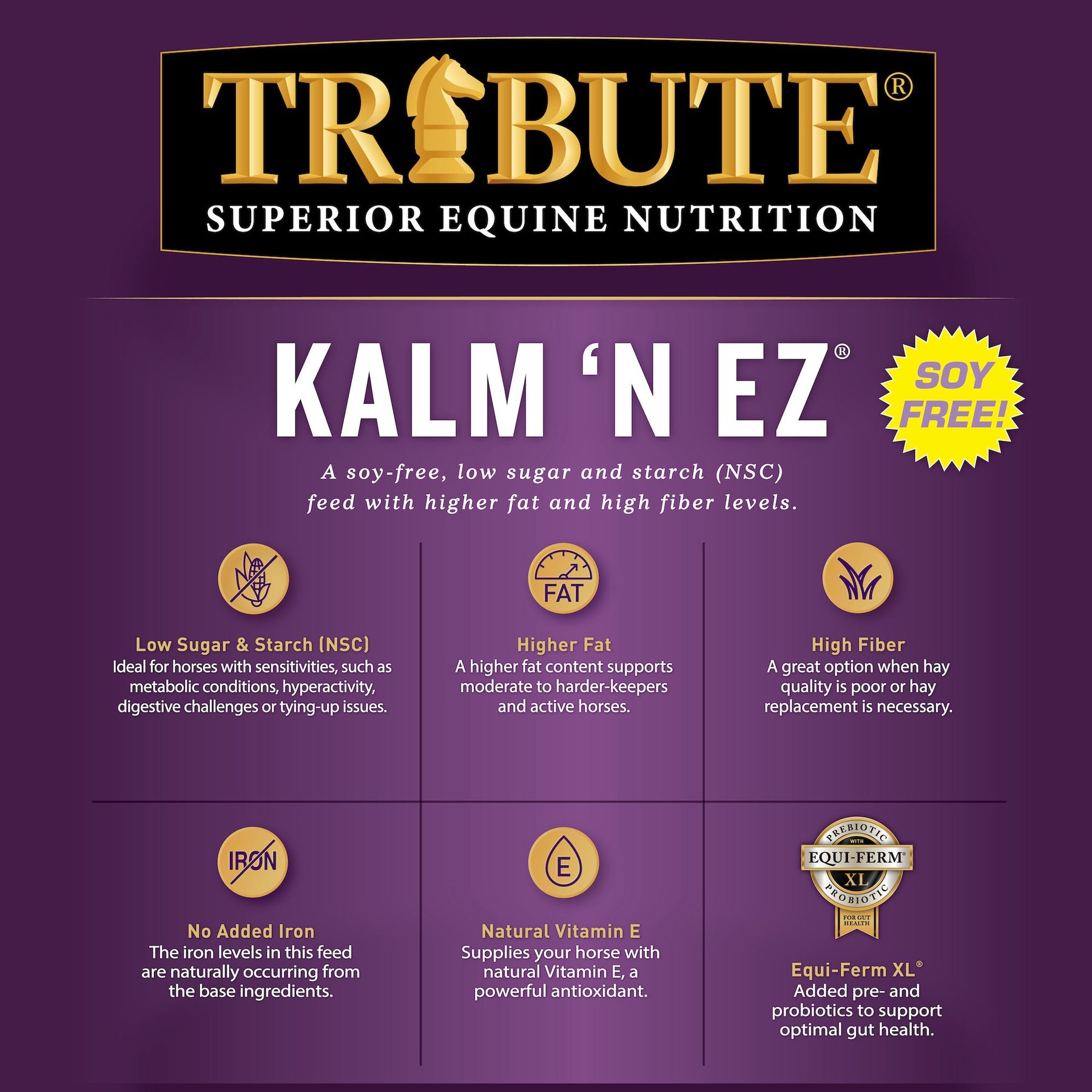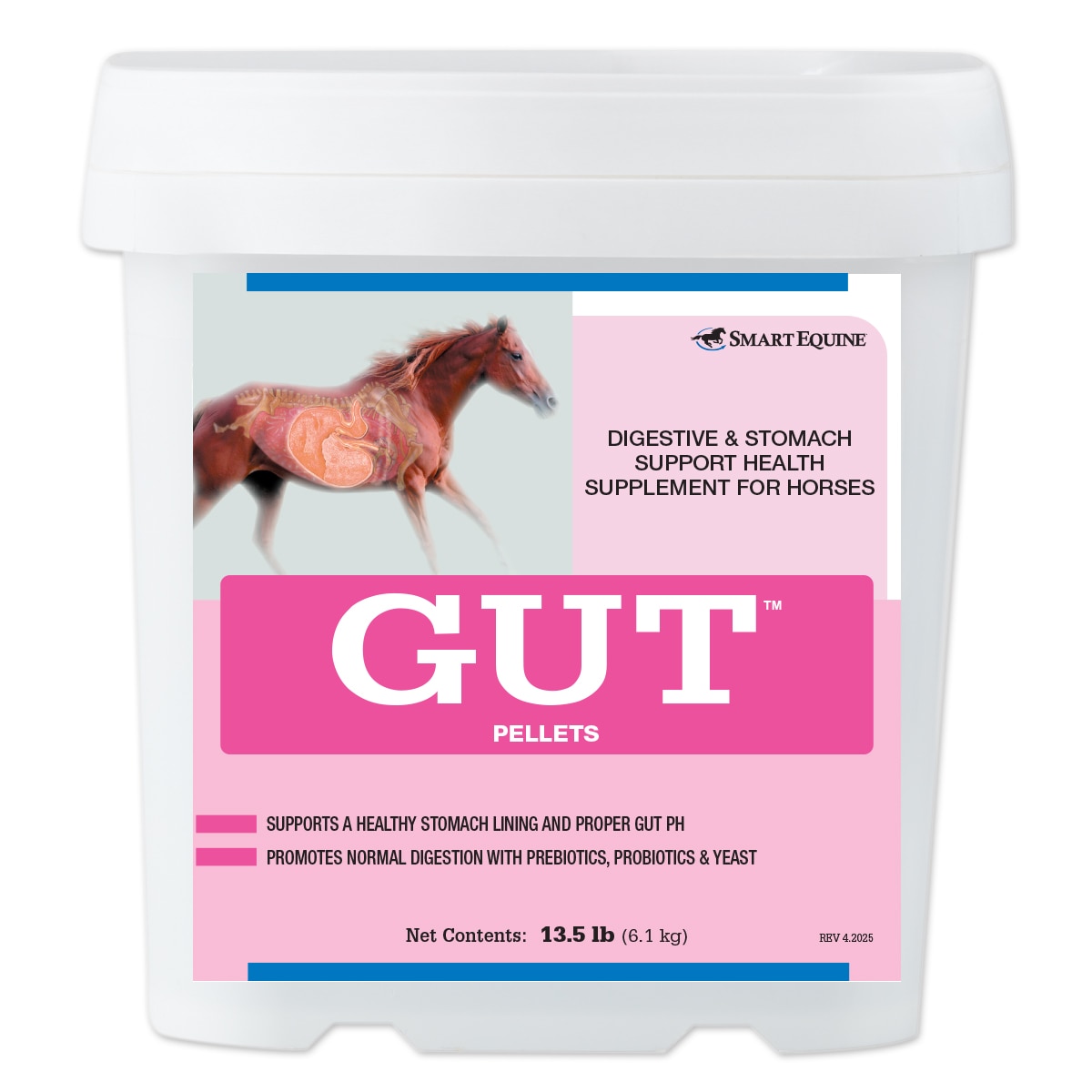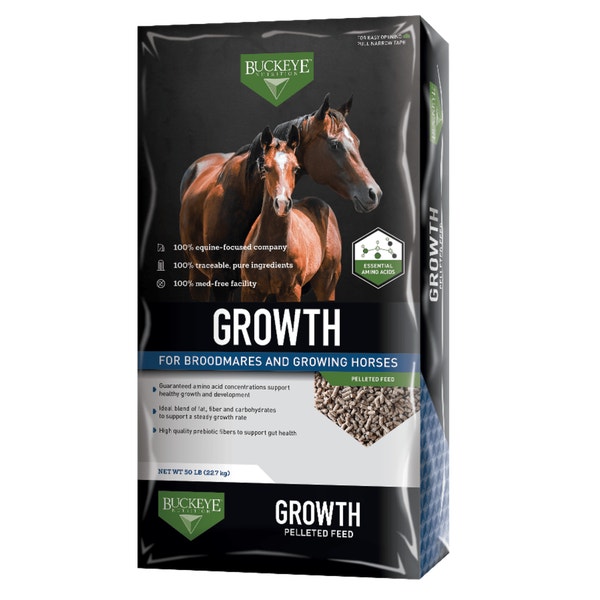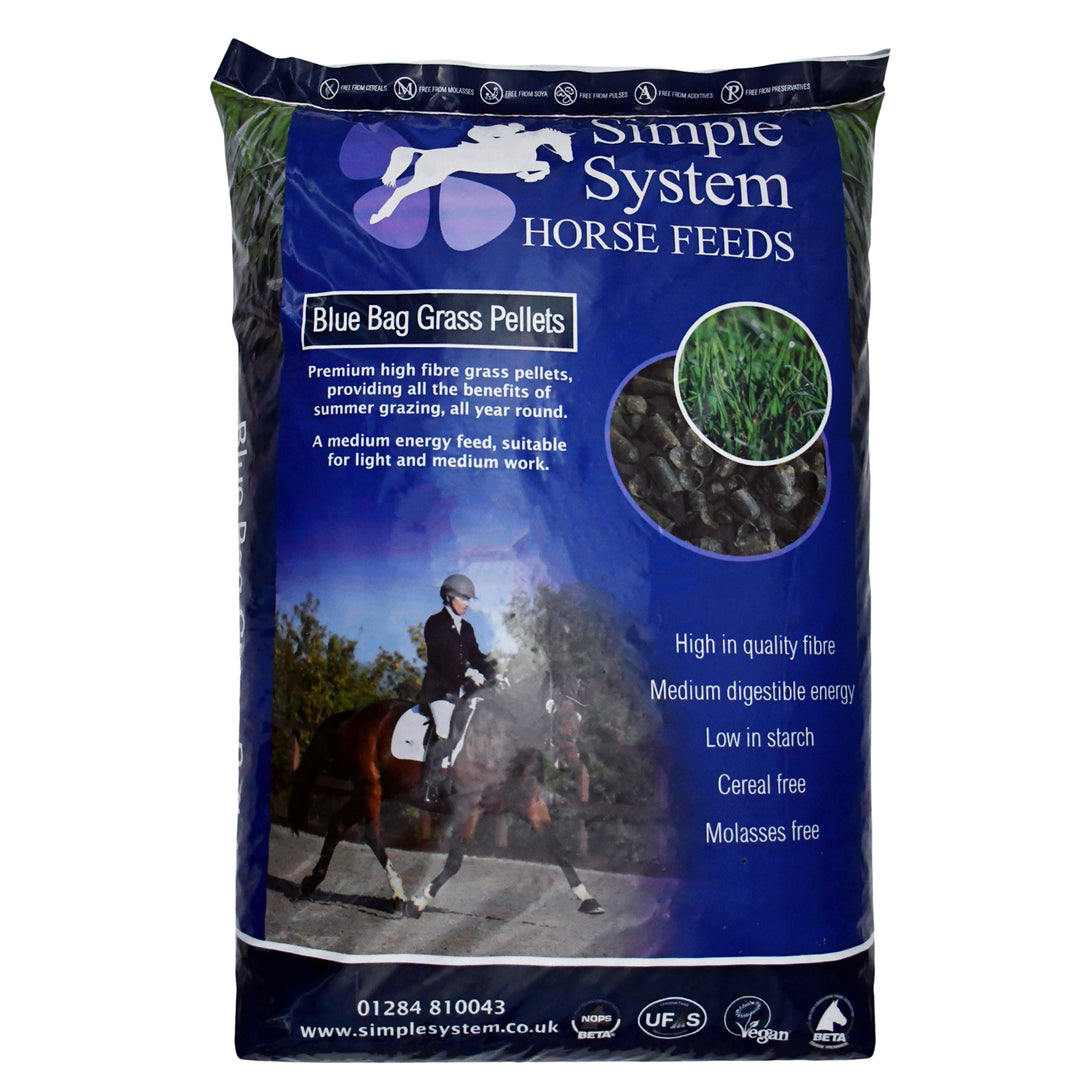Pelleted Hay vs Traditional Hay for Your Horse: A Detailed Comparison

When it comes to feeding your horse, choosing the right type of hay is crucial for their health and well-being. Two popular options are pelleted hay and traditional hay. This article explores the differences, benefits, and considerations of each to help you make an informed decision.
What is Pelleted Hay?

Pelleted hay is made by grinding traditional hay into a fine powder and then compressing it into small, dense pellets. This process preserves the nutritional content while making the hay easier to store, transport, and feed.
What is Traditional Hay?

Traditional hay consists of dried grasses and legumes cut and baled in their natural form. It is the most common form of forage fed to horses and comes in various types such as timothy, alfalfa, and orchard grass.
Nutritional Comparison
| Nutrient | Pelleted Hay | Traditional Hay |
|---|---|---|
| Fiber | High, but processed | High, natural form |
| Protein | Consistent levels | Varies by type |
| Vitamins & Minerals | Often supplemented | Naturally occurring |
| Moisture Content | Low | Varies, can be higher |
Benefits of Pelleted Hay
- Convenience: Easy to store and transport due to compact size.
- Consistency: Uniform nutrient content in each pellet.
- Reduced Waste: Less sorting and refusal by horses.
- Dust Reduction: Lower dust levels, beneficial for horses with respiratory issues.
Benefits of Traditional Hay
- Natural Forage: Mimics natural grazing behavior.
- Variety: Different types offer diverse nutrient profiles.
- Chewing Satisfaction: Encourages natural chewing and saliva production.
- Cost-Effective: Often less expensive depending on region and availability.
Considerations When Choosing
- Horse’s Health: Respiratory conditions may benefit from pelleted hay.
- Feeding Habits: Some horses prefer the texture of traditional hay.
- Storage Space: Pelleted hay requires less space.
- Cost: Evaluate long-term costs including storage and waste.
Frequently Asked Questions (FAQ)
Q1: Can pelleted hay replace traditional hay entirely?
A: Yes, pelleted hay can be a complete forage source but should be introduced gradually.
Q2: Is pelleted hay suitable for all horses?
A: Generally yes, but horses with specific dietary needs should consult a vet.
Q3: How should pelleted hay be stored?
A: Keep in a cool, dry place to prevent moisture absorption.
Q4: Does pelleted hay have the same nutritional value as traditional hay?
A: It can, especially if fortified, but natural hay may offer more variety.
Conclusion
Both pelleted and traditional hay have unique advantages. Your choice should depend on your horse’s specific needs, your feeding routine, and storage capabilities. Understanding these factors will help ensure your horse receives optimal nutrition and care.
Would you like me to help improve the clarity or add more detailed nutritional information?
